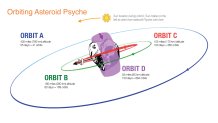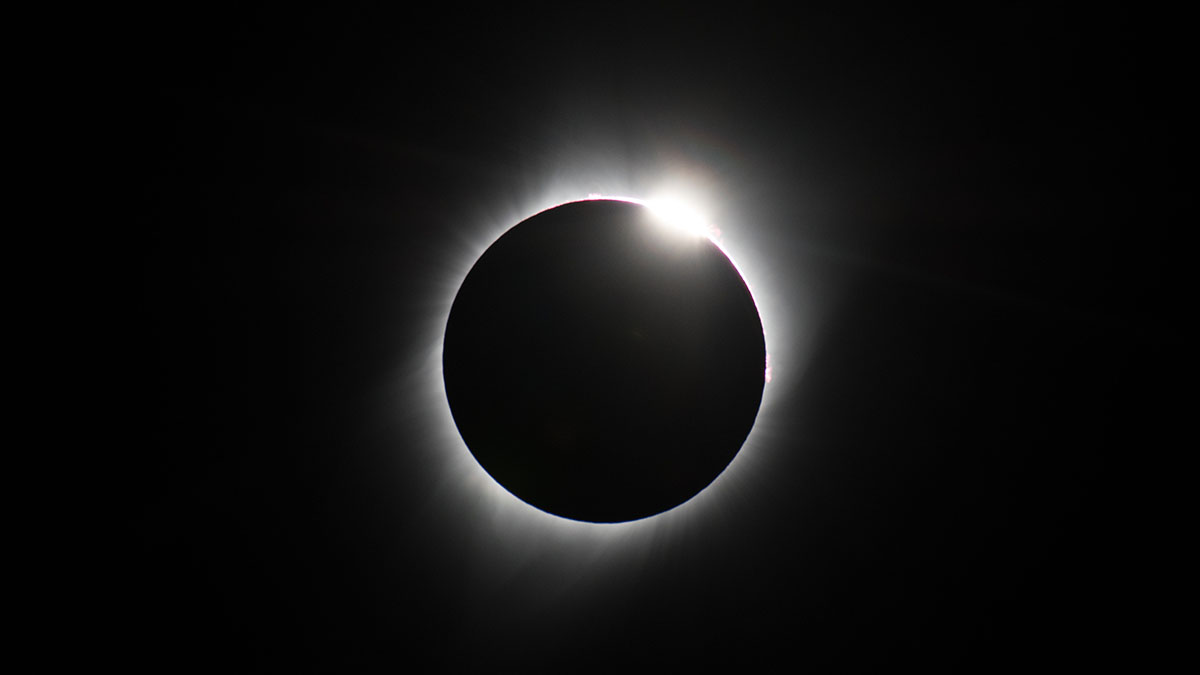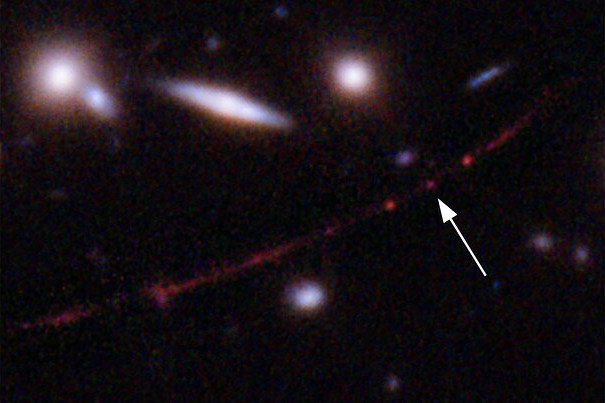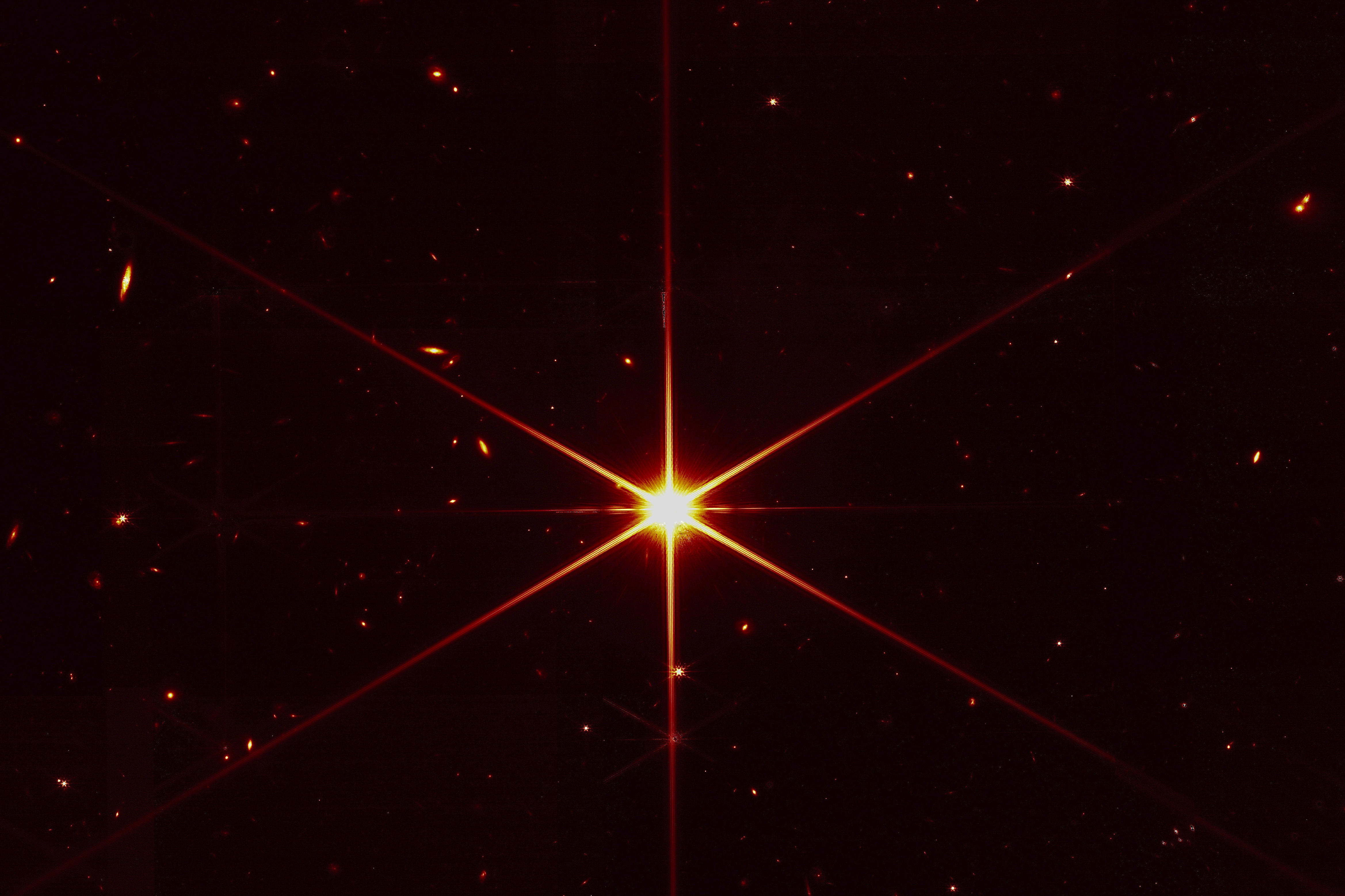A NASA JPL mission launched Friday, marking a space exploration milestone: the Psyche mission is the first time the space agency has sent a probe to a world primarily made of metal, rather than rocks and ice.
The "metal-rich asteroid" the mission is targeting, Psyche, has intrigued scientists. They hope that by sending a spacecraft to get up close and personal with the asteroid, they can gather new information about the early days of planet formation.
Here's what to know about the Psyche mission from NASA's Jet Propulsion Laboratory, Caltech and Arizona State University.
What Is Psyche?
We've got the news you need to know to start your day. Sign up for the First & 4Most morning newsletter — delivered to your inbox daily. Sign up here.
Scientists believe Earth, and other terrestrial planets, have dense metal cores at the center of the magma beneath their surfaces.
But because the metal core lies so far beneath the mantle and crust of such planets, they're difficult to measure and study directly.
Enter Psyche, an asteroid orbiting around in the solar system between Mars and Jupiter. It may actually be the exposed core of an early planet.
Psyche is about 140 miles, or 226 kilometers, wide.
It's made of nickel and iron, along with some rock, according to the NASA JPL mission website, which separates it from the primarily rocky and icy worlds NASA missions usually target.
Another difference is that Psyche is missing the iron oxide compounds found in rocks on Venus, Earth and Mars. That means — if Psyche was the core of a planet — at some point the process by which it formed changed from the process for rocky planets in our solar system.

Why are scientists sending a spacecraft to the Psyche asteroid?
The scientists at NASA JPL, Caltech and ASU are trying to get more information about the iron cores of terrestrial planets, something scientists have found difficult to study for years.
By sending a probe to Psyche, scientists hope to gather more information about the way planets were formed, as bits of rocks, metal and other debris flew around the early universe before they coalesced into the non-gas planets we can see today.
It's also the first primarily metal object in space NASA has attempted to study, which creates an exciting opportunity to "explore a new type of world."
When the Psyche probe arrives at the asteroid, it will slowly orbit closer and closer to Psyche's surface, allowing the probe to collect data that scientists can study. That data is sorted into four different categories, which the probe will collect as it moves around Psyche at four different distances, called staging orbits.
The staging orbits allow NASA to observe and collect data on different aspects of the asteroid, according to ASU. The information will range from the asteroid's topography to its gravitational properties to the way different elements are distributed throughout its object.

By sending the probe, scientists hope to confirm their theory that Psyche is in fact the core of an early planet and determine how old it is.
They can also examine the materials Psyche is made of and determine how close it is to their theories about Earth's core.
What probe is NASA sending to Psyche?
The spacecraft shares a name with the mission and the asteroid it aims to visit.
The Psyche spacecraft has a body "slightly bigger than a Smart Car and about as tall as a regulation basketball hoop," according to ASU. Complete with the solar panels that will power its movement, it is about as large as a tennis court.
On board, it will carry several scientific instruments to gather data, including:
- A Multispectral Imager, which will capture images of the asteroid's surface,
- A Gamma Ray and Neutron Spectrometer, which will help determine what the asteroid is made of, and
- A Magnetometer, which will measure the asteroid's magnetic field.
The spacecraft will also test a new method of communication — the Deep Space Optical Communication — aimed at getting more information back to Earth in a set amount of time.
The DSOC technology "encodes data in photons," which puts information closer to infrared wavelengths than longer radio waves. That will help the probe communicate with scientists on Earth from its position in deep space.
When will Psyche reach the asteroid?
It has a few years of travel to reach the asteroid.
The Psyche probe will use low-thrust solar-electric propulsion to travel from Earth through the solar system for a total of 3.5 years, flying by Mars in May 2026 and using the planet's gravity to build up more momentum toward the asteroid.
The probe will arrive in August 2029, where it will spend the following 21 months mapping Psyche and "studying its properties" as it slowly orbits closer to the space object.
The mission is targeted to end in November 2031.




